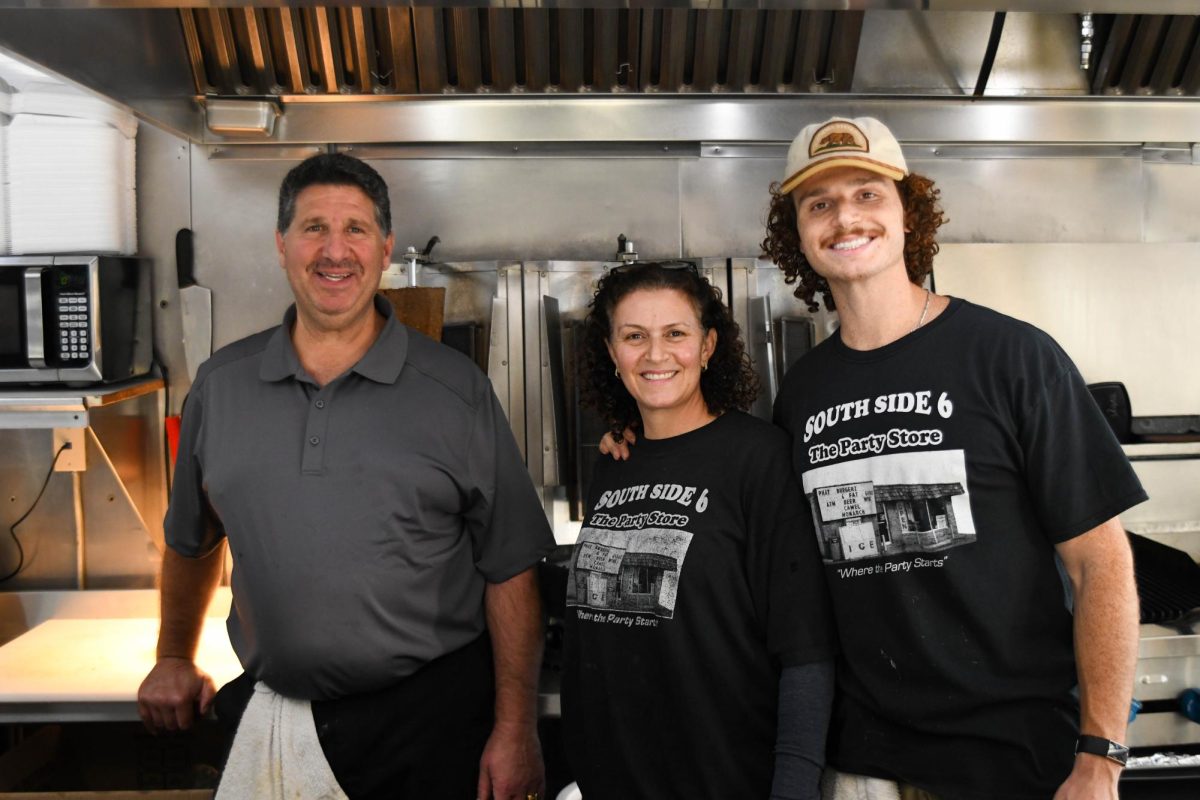NEW YORK – Gleaning stem cells from cloned monkey embryos, as a team of Oregon researchers has done, is an impressive step. But it probably won’t lead to medical treatments any time soon.
One hurdle is ethical and political. Human embryos have to be destroyed to produce stem cells. That has aroused opposition to human embryonic stem cell research, and it led the Bush administration to restrict federal funding for it. Scientists say that has slowed science in this effort.
Another hurdle is the inefficiency of the process. Even if the method described by scientists yesterday works in humans, it would demand too much of a precious resource – women’s unfertilized eggs.
The promise of producing stem cells by cloning is that they can be genetically matched to a particular patient. So theoretically, doctors should be able to transplant tissue created from them into that person without tissue rejection. And presumably, such transplants could help treat such conditions as diabetes and spinal cord injury.
The process used in the new experiment is “quite inefficient,” Shoukhrat Mitalipov of the Oregon National Primate Research Center in Portland told reporters yesterday.
He and his colleagues reported getting two batches of stem cells that required using about 150 monkey eggs apiece. That’s far too many if one hopes to use human unfertilized eggs, which are cumbersome to obtain from women.
If further work can get that down to maybe five to 10 eggs per stem cell batch, “we will be closer to clinical applications,” Mitalipov said.
“I am quite sure it will work in humans,” he added.
But then there’s another issue – showing that such stem cells really can be used to treat dis eases safely. Mitalipov said he plans to do diabetes studies in monkeys.
For now, he and other scientists said, the new work is valuable for showing that stem cells can be produced through cloning in monkeys. It’s been done in mice, but scientists had long been frustrated in their attempts in primates, where the research would be more relevant to humans.
The new work was published online yesterday by the scientific journal Nature. The success was reported earlier this year at a research meeting in Australia, where it received limited media coverage. The results were given new attention Tuesday by a London newspaper, The Independent.
Dr. George Daley of the Harvard Stem Cell Institute, who was familiar with the work, told The Associated Press in an e-mail that it was a “a very important demonstration” that the process is feasible in primates.







